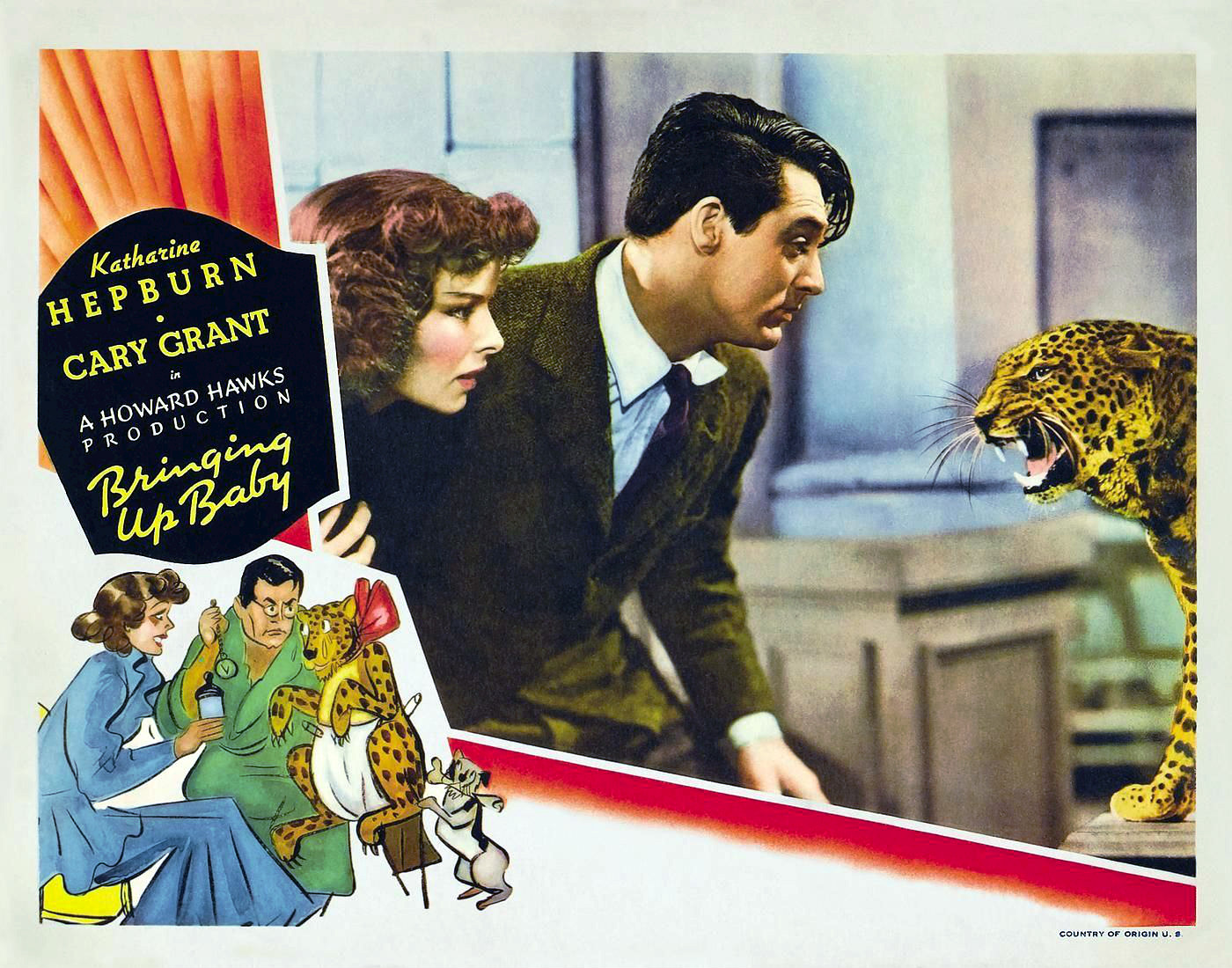Lady for a Day (Frank Capra, 1933)
Cast: May Robson, Warren William, Guy Kibbee, Glenda Farrell, Ned Sparks, Walter Connolly, Jean Parker, Nat Pendleton, Barry Norton, Halliwell Hobbes, Hobart Bosworth, Robert Emmett O'Connor. Screenplay: Robert Riskin, based on a story by Damon Runyon. Cinematography: Joseph Walker. Art direction: Stephen Goosson. Film editing: Gene Havlick. Music: Howard Jackson.
There's almost enough salt in Robert Riskin's screenplay for Lady for a Day -- much of it supplied by the Damon Runyon story on which it's based -- to offset Frank Capra's characteristic indulgence in sweets. Much of the fiber of the movie is provided by such worthy character actors as pickle-faced Ned Sparks, brassy Glenda Farrell, florid Guy Kibbee, and beefy Nat Pendleton, who help us tolerate the saccharine qualities of the tale of mother love. We never find out a lot of the backstory of Apple Annie, the gin-swigging street vendor who must pose as a society dame to fulfill the illusions she has raised in the letters she's written over the years to her daughter, Louise. The girl was raised in a convent in Europe and is now engaged to the son of a Spanish count; she wants to bring her fiancé and prospective father-in-law to New York to meet her mother. Covering up the truth about Annie necessitates a lot of manipulation by the swanky Dave the Dude, one of the denizens of the Runyon underworld. But what is the truth about Annie? Riskin and Capra never tell us who Louise's father was, let alone how Annie managed to send the child abroad and keep her secret all these years. Or, at the end, exactly how Dave the Dude saves the day when all looks lost. But this is for the good: Finessing the backstory turns Lady for a Day into what it has to be in order to be palatable at all: a fairy tale. To my tastes, which usually can't tolerate Capra's sentimental populism, this is one of his best films. Just don't look to it for plausibility.












